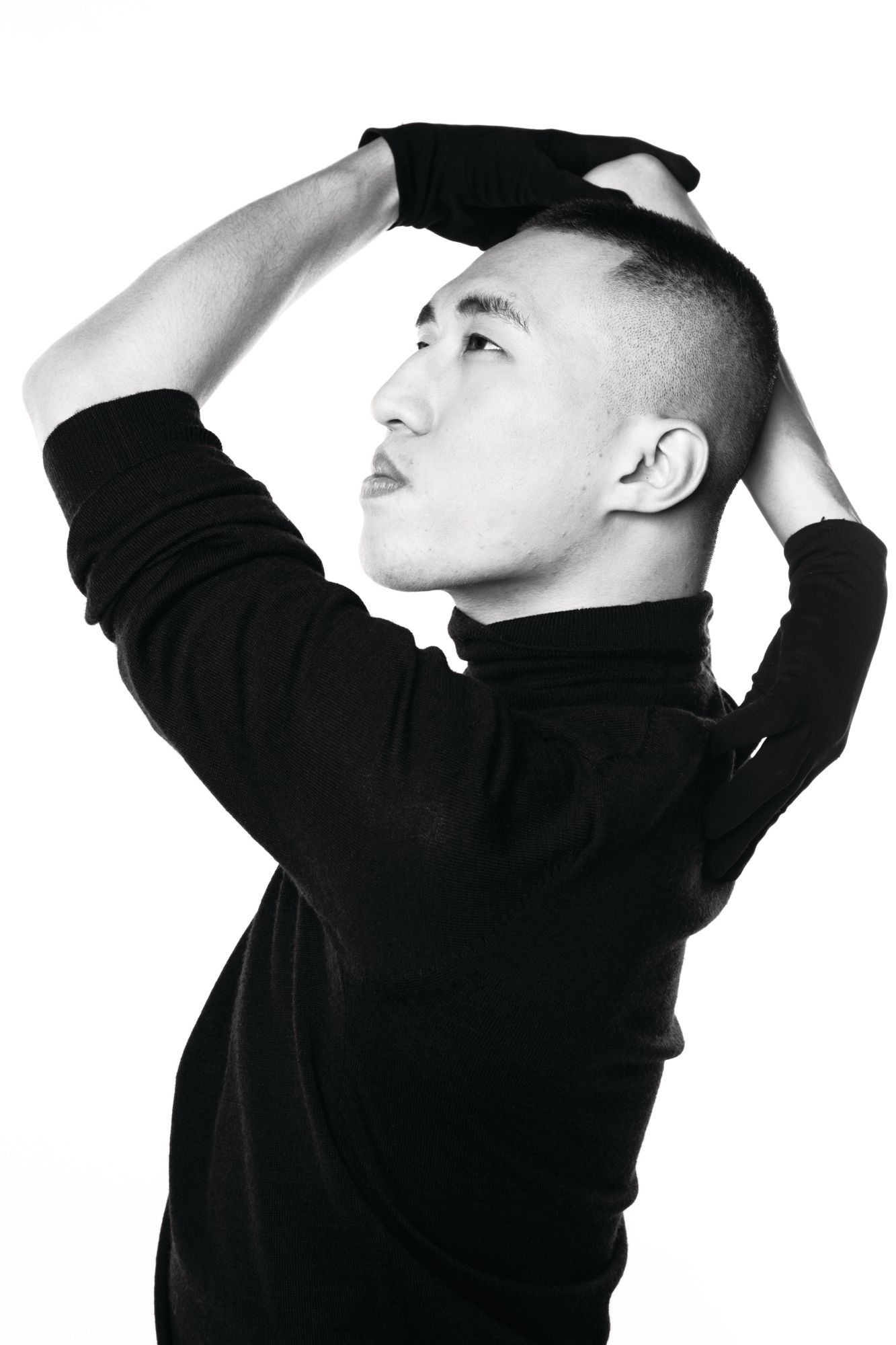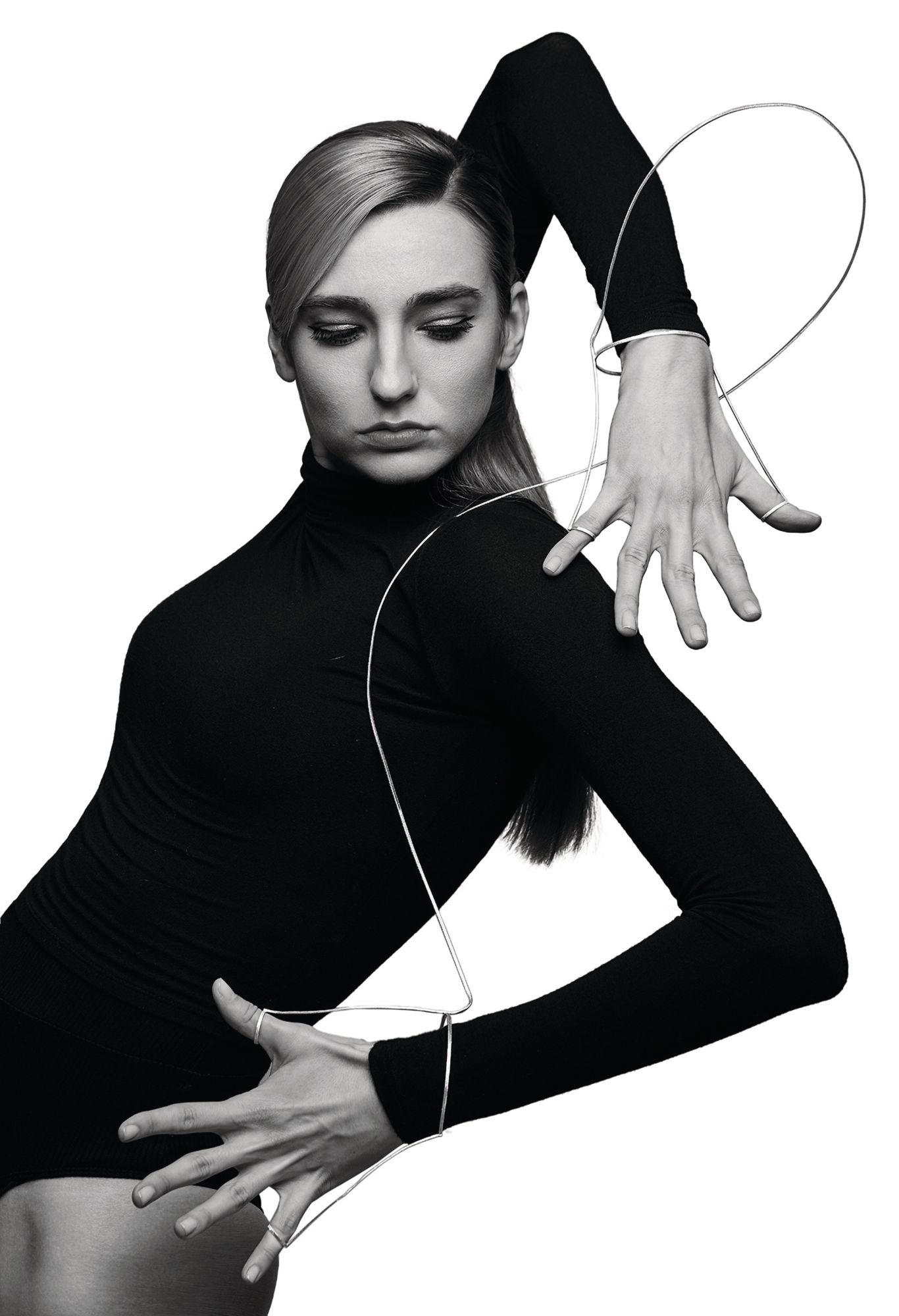Asia’s youth takes to the dance floor, where a booming ballroom culture welcomes all those ready to express themselves
In December, photos of Chinese millennial voguers began to flood the internet. Over-the-top outfits, extravagant runway walks and fabulous balls were taking place in Shanghai and Beijing, something difficult to imagine just two decades before, when the country officially took homosexuality off its list of psychiatric disorders in 2001, or even last year, as the world became ensnared in the grip of a pandemic.
Irina Bashuk, a Ukrainian dancer whose voguing name is Irina Milan, was among the first to import the rich culture of the ballroom scene that was founded in the 1980s by Black and Latino gay men and transgender men and women in New York City’s Harlem neighbourhood all the way to China. As part of the Legendary House of Milan, she began teaching voguing workshops in Shanghai in 2016. But it wasn’t until late 2018 that she established the first house to be originated in mainland China. The Kiki House of Kawakubo is made up of Irina and her students, and consists of a blend of young LGBTQ members and cis women.
For Bashuk, what started as a class for seven eager students has now grown into a blossoming youth sub-culture, with balls in China hosting up to 600 guests at a time. Irina describes voguing as a language. Being a cis woman, she had a hard time finding a genre of dance that allowed her to express both her femininity and sexuality.
“I think the same happened with many Chinese women,” she says. “They want to express themselves, in a sexual way and in an elegant way.”
Irina and her students attended the first ball in the region, the De Flower Ball, held in Hong Kong in 2017 and hosted by KenKen Milan, a back-up dancer for acclaimed singer Coco Lee who is also the father of the Kiki House of Marciano Hong Kong chapter. First experiencing the scene during his university days in Taiwan, KenKen fell in love with the culture and travelled to New York to learn more from the source, before returning to his native city to teach and share the art form.
“Voguing taught me a lot about myself,” says KenKen, whose real name is Cheuk Hei Liu. “I found myself. Before, I was very introverted, I had experienced discrimination going to school because I was gay, but because of voguing, my thought process and direction changed. I became stronger. I think in Hong Kong, we’re more conservative; people who are gay don’t want to tell their families. Voguing is really an expression from the inner self.”
In Asia, dancers are able to connect with one another even if they do not speak the same language. “When I went to Korea and Japan, places where I don’t know the language, when we vogued, we could communicate. We use our bodies to communicate,” he says. The desire for self-expression is palpable across the region, with many in the industry crediting their new-found confidence and sense of self-worth to the discovery of the subculture.
Ballroom culture and voguing in Asia trace back to the Nineties. When Madonna released her ground-breaking and iconic music video Vogue in 1990, its real-life vogue dancers resonated with Japanese audiences in particular. Koppi Mizrahi, the Legendary House Mother of Mizrahi Japan chapter, has been recognised in the scene for over a decade.
But unlike its origins, for “the voguing scene in Japan, most of the people are straight. We don’t have many LGBTQ members. Me, a heterosexual cis gender woman, started ballroom here,” says Koppi (real name Konomi Shishido). “LGBTQ individuals hesitate to go into the new culture: they are quite shy.” Despite the lack of diversity, the legendary mother is still hopeful the scene will grow, determined to educate others on the importance of its roots, and encourages more LGBTQ members to join.
With video clips of balls and dance routines now being shared through social media, and television shows like Netflix’s Pose (2018) and HBO’s Legendary (2020), more young people are eager to participate. Koppi Mizrahi, Irina Milan and KenKen Milan have all been able to attend, host and judge balls in different countries and cities.
See also: Introducing The Next Generation Of Hong Kong Rappers: JB, Dough-Boy, Txmiyama And More










